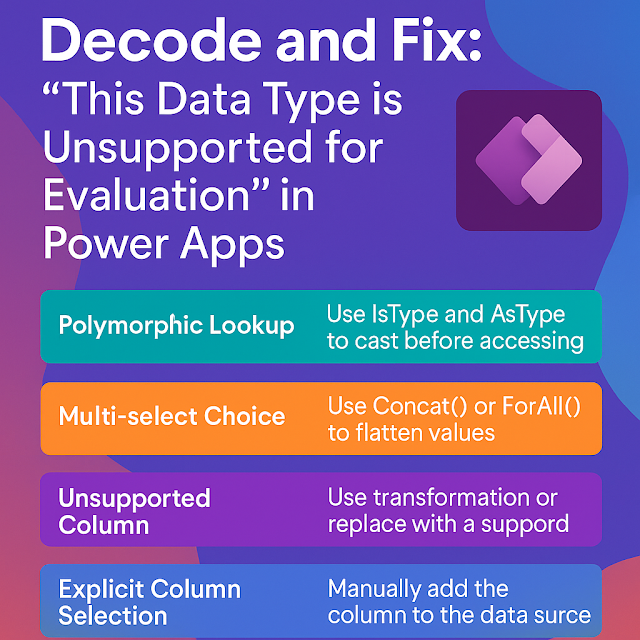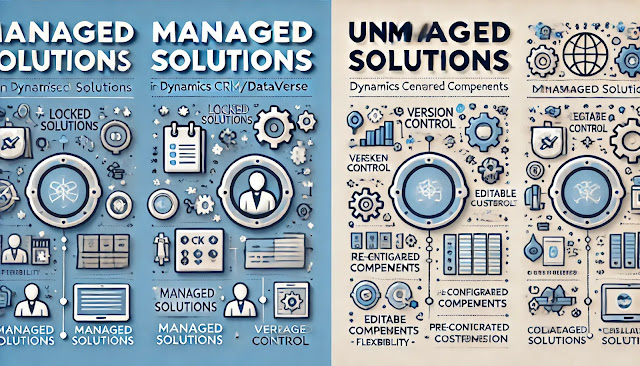Microsoft Dynamics 365 Customer Experience Analyst : Configure the opportunity pipeline view
An opportunity in sales refers to a qualified potential deal with a prospect or customer who has shown genuine interest in purchasing a product or service. In Dynamics 365 Sales, opportunities capture all the details about the potential sale, including estimated revenue, probability of closure, stakeholders, and related activities. The opportunity pipeline represents the visual flow of these opportunities as they progress through predefined sales stages—from qualification and proposal to negotiation and closure. This pipeline view allows sales teams to track deal progress, identify bottlenecks, forecast revenue, and focus efforts on the most promising deals, ensuring an organized and data-driven approach to sales management.
1. What is an Opportunity in Business?
An opportunity in a business context is a potential sales deal or prospect that has a realistic chance of generating revenue.
- It typically means the customer has expressed interest, there’s a clear need for your product/service, and the deal is now in the active sales process.
- Example: A company shows interest in buying your software after a product demo — this becomes an opportunity.
2. Importance of Opportunities in Business
Opportunities are critical because they:
- Represent future revenue potential.
- Help sales teams focus on qualified leads.
- Provide forecasting data for planning resources, inventory, and staffing.
- Serve as the foundation for measuring sales performance.
- Allow businesses to track progress toward sales goals.
3. What is an Opportunity in Sales & How it Works
In sales, an opportunity:
- Begins when a lead is qualified — meaning the lead has budget, authority, need, and a timeline (often referred to as BANT).
- Moves through different sales stages (e.g., Qualify → Develop → Propose → Close).
- Is tracked with details like:
- Estimated deal size (value)
- Probability of closing
- Expected close date
- Key decision-makers
- Works by being nurtured and guided through the sales process until a final decision is made (Won or Lost).
4. What is an Opportunity Pipeline View
The Opportunity Pipeline View is a visual representation of all ongoing opportunities, organized by their stage in the sales process.
Usually displayed as a Kanban-style board or funnel.
Shows:
- Stages (e.g., Prospecting, Qualification, Proposal, Negotiation, Closed Won/Lost)
- Number of deals in each stage
- Total value in each stage
Benefits:
- Helps sales teams prioritize deals that are closer to closing.
- Gives managers a clear forecast of potential revenue.
- Highlights bottlenecks where deals are stuck.
In Dynamics 365 Sales:
- Opportunities are tracked in the Opportunity entity.
- The Pipeline View is available in both list view and visual Kanban.
- You can filter by owner, estimated close date, or other criteria for focused sales management.
In Dynamics 365 Sales, the Opportunity Pipeline View is a visual, interactive workspace that helps sales teams track deals through various stages of the sales process. Configuring it properly ensures you can monitor sales progress, identify bottlenecks, and forecast revenue effectively.
Steps to Configure the Opportunity Pipeline View
1. Navigate to Pipeline View
- Go to Sales Hub → Opportunities.
- Switch the view to Pipeline view from the top-right toggle (default is often list view).
2. Choose the Right Opportunity View
- Select an existing system view (e.g., All Opportunities, My Open Opportunities).
- Or create a custom view:
- In the command bar → Advanced Find or Edit filters to define criteria (e.g., only opportunities in specific stages or owned by certain users).
3. Customize Columns & Cards
- Click Edit columns to select fields that appear on opportunity cards (e.g., Topic, Estimated Revenue, Close Date).
- You can add KPIs like Probability, Weighted Revenue, Customer.
4. Configure Stages (Business Process Flow)
- Pipeline stages correspond to the Business Process Flow for Opportunities.
- Go to Settings → Processes → select your Opportunity BPF → edit stages (e.g., Qualify → Develop → Propose → Close).
- Add or remove steps to match your sales methodology.
5. Enable Forecasting (Optional)
- Use the pipeline view in conjunction with Sales Forecasts for better revenue prediction.
- Go to App Settings → Forecast configuration.
6. Filter & Sort for Focus
- Use the filter panel to narrow opportunities by stage, owner, date, or probability.
- Sort by Close date or Estimated revenue to prioritize deals.
7. Save Your Configuration
- Once customized, save the view as Personal View for quick access.
- Share it with your team if needed.
Why It Matters:
Configuring the pipeline view turns it into a real-time sales control tower—you instantly see which deals are hot, which are stuck, and how close you are to hitting your sales target.














Comments
Post a Comment